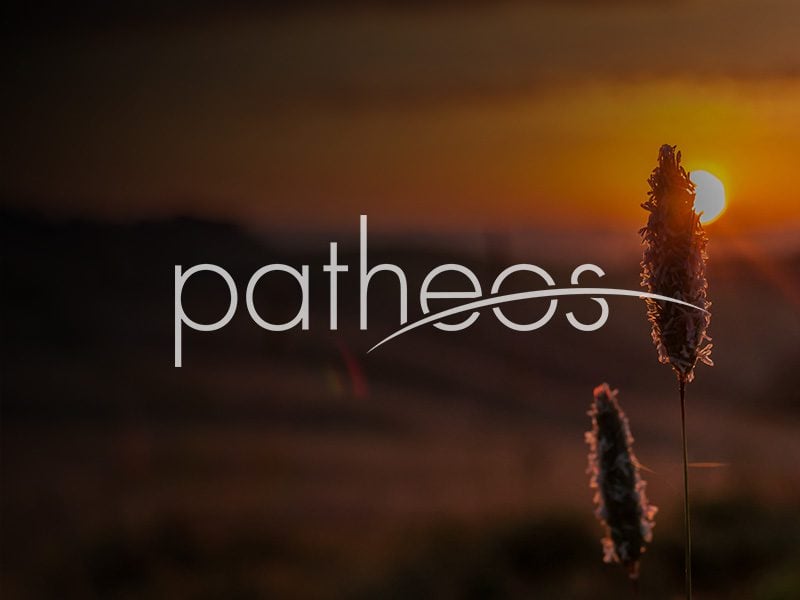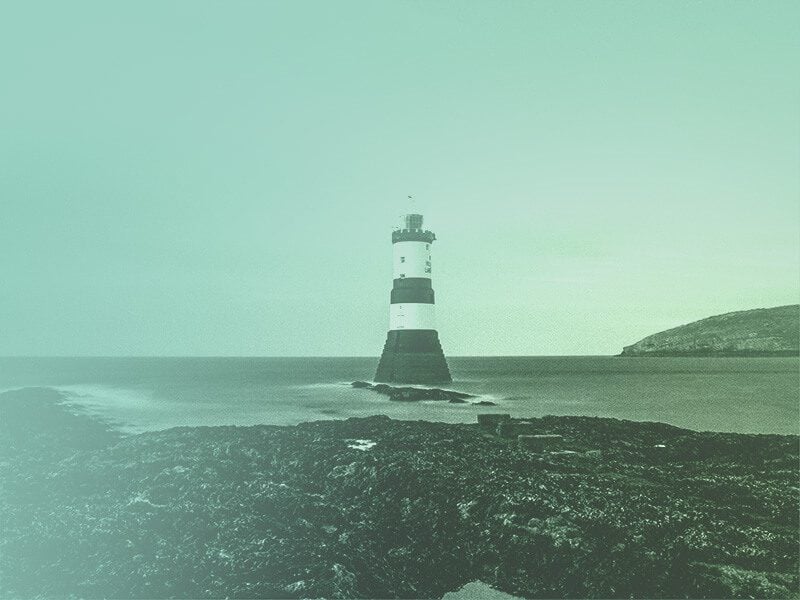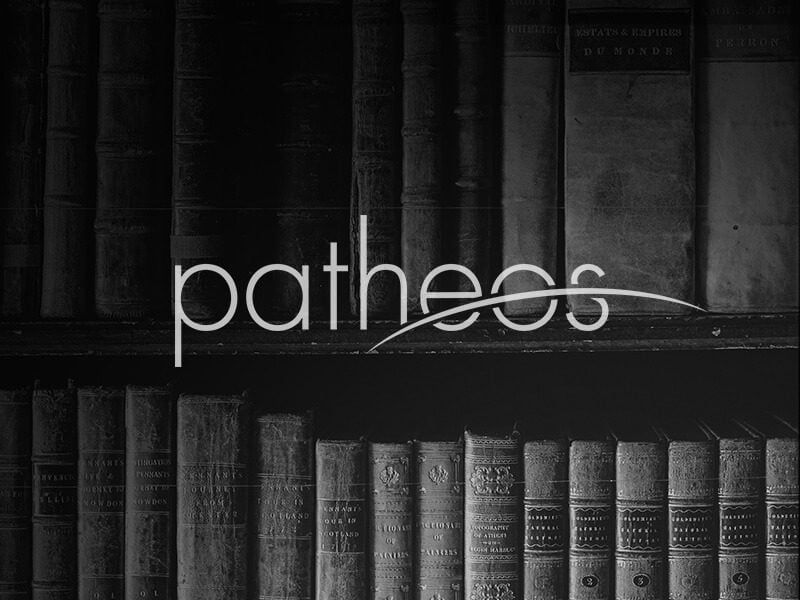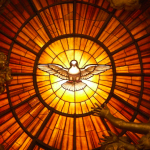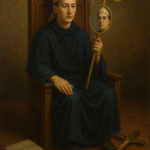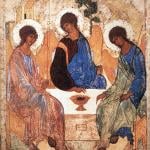San Rafael, Argentina, Dec 13, 2016 / 05:28 pm (CNA/EWTN News).- Father Carlos Miguel Buela, founder of the Institute of the Incarnate Word, has been found guilty by the Vatican of sexual improprieties with adults, the community's home diocese announced on Monday. The accusations against Fr. Buela “regarded actions in sexual matters which harmed religious and seminarians of the Institute,” a spokesman of the Diocese of San Rafael announced Dec. 12. “The competent Congregation of the Holy See, having ensured the exercise of the legitimate right of defense of the accused, determined, in conformity with the canonical procedures in force, the veracity of the accusations and the imputability of Father Buela of improper behavior with adults,” he stated. The diocese made clear, however, that there are no “cases of the abuse of minors attributable to him.” Fr. Buela founded the Institute of the Incarnate Word (IVE), a religious institute of diocesan right, in San Rafael, Argentina in 1984. Associated with the community is a women's institute, the Servants of the Lord and the Virgin of Matara. The Vatican also ruled that Fr. Buela, who retired as general superior of the IVE in 2010, “is absolutely forbidden to have any contact with members of the Institute of the Incarnate Word.” “Neither can he make statements, appear in public, or participate in any activity or meeting, whether it is personally or by any other means of communication.” In late November, the Mendoza Digital website presented the case of a man identified as “Luis” who reported being sexually abused by a priest inside IVE's Mary Mother of the Incarnate Word Major Seminary in the Diocese of San Rafael. The San Rafael diocese stated that as soon as they were informed by the victim, they proceeded with an investigation “with responsibility and speed” and brought the case “to the competent authority of the Holy See.” The Argentine diocese said that they are currently awaiting the decision of the Holy See and “maintaining a cordial dialogue with Luis.” Bishop Eduardo Maria Taussig of San Rafael emphasized that “these problems do not tarnish everything that is most important that unites us, which is belonging to the same diocesan Church, to Jesus Christ, and the Gospel.” “I certainly understand and make my own the pain of all the Incarnate Word family in face of this news, and also as the father of each one of them I am at their disposal,” he said. Bishop Taussig said that “the Institute of the Incarnate Word has a rule approved by the authority of the Church which ensures that whoever follows it can be holy and have a recognized charism, and has in fact a great many works and in very many parts of the world that are commendable” including “the brothers and sisters who are in Syria under bombardment, with very heroic and noble testimonies.” The prelate pointed out that IVE “has had difficulties, not just regarding Fr. Buela, but also with governance,” and so the Holy See intervened in the election of the highest authorities of the institute. The IVE, he said, “is in a process, accompanied and guided by the supreme authority of the Church, which is a good sign that it will be able to promote everything that is good and put in order the things that have to be corrected.” The Bishop of San Rafael also pointed out that “a fallen tree should not make one lose sight of the forest that is growing. There are so many good Christians, so many good religious, so many good priests, the bishops and the Pope.” In addition, he recalled that “the Catholic Church leads the world in procedures and regulations to avoid this kind of abuse of minors and has created a process in the last 15 years which is exemplary and goes to the forefront of everything that is being done in the world.” “Every measure is being taken so that this does not happen again, and in the Diocese of San Rafael, like the Church in general, we have all the resources and alerts well in place to act immediately and if there were someone to wanted to have or had what I call new information he not only has the freedom but also the obligation to make it known and we will do everything that can and ought to be done.” Read more

